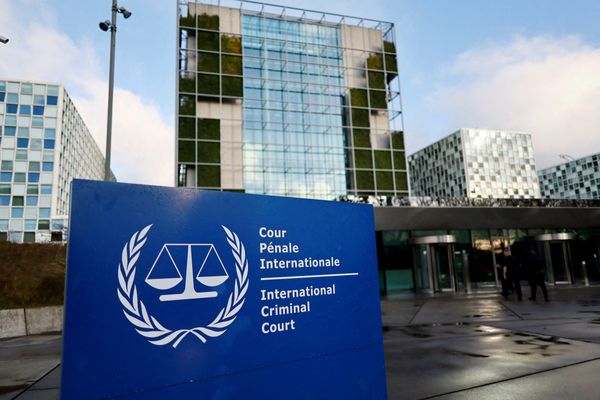A recent study has found that episodes of heavy snowfall and rain likely contributed to a swarm of earthquakes over the past several years in northern Japan. This is the first time that climate conditions have been found to initiate some quakes. The seismic activity in the region was surprisingly found to synchronise with certain changes in underground pressure, and those changes were influenced by seasonal patterns of snowfall and precipitation. Scientists suspect that this new connection between quakes and climate may not be unique to Japan. Since late 2020, hundreds of small earthquakes — earthquake swarms — have shaken up Japan’s Noto Peninsula. In 2020 changes in seismic velocity appeared to be synchronized with the seasons. When it rains or snows, that adds weight, which increases pore pressure, which allows seismic waves to travel through slower. From a hydromechanical model, changes in excess pore pressure beneath the Noto Peninsula, before and during the earthquake swarm were tracked. When the seismic velocity observations and the model of excess pore pressure were overlapped, they fit extremely well. When snowfall data, particularly the extreme snowfall events were included, the fit between the model and observations was stronger.
Get all your news in one place.
100’s of premium titles.
One app.
Start reading
One app.
Get all your news in one place.
100’s of premium titles. One news app.
Can heavy snowfall and rain contribute to some earthquakes?
Sign up to read this article
Read news from 100’s of titles, curated specifically for you.
Already a member?
Sign in here
Top stories on inkl right now
One subscription that gives you access to news from hundreds of sites
Already a member?
Sign in here
Related Stories
Top stories on inkl right now
One subscription that gives you access to news from hundreds of sites
Already a member?
Sign in here
Our Picks







